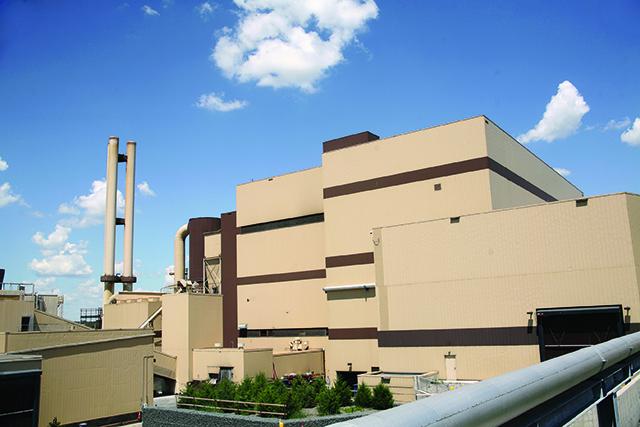The New York Times – August 7, 2016
By Cecilia Kang
ZENA, Okla. — From the sofa in his living room, Clinton Creason can see the electric pole outside that his father staked 70 years ago to bring power to this remote area of hilly cattle pastures.
Electricity came late here but transformed life on the farm. It provided bright light to study by and freed families from the tedium of washing clothes by hand and cutting wood for the cook stove.
Last December, Mr. Creason saw a new addition to the utility pole erected by his father that may be just as transformational — a subsidiary of his local electric cooperative, Northeast Oklahoma Electric Cooperative, hung a fiber optic cable on it. That enabled Mr. Creason and the 120 residents of Zena, Okla., to pump high-speed internet service into their homes for the first time.
“The cooperative is doing it again, but now the light bulb is the internet,” said Mr. Creason, 82.
Mr. Creason’s experience with the electric co-op puts him at the leading edge of a trend unfolding in hard-to-reach rural spots nationwide. For years, such communities have largely been left out of the digital revolution because they had only intermittent internet access, often through a patchwork of satellite, dial-up or wireless service. Telecom and cable companies shunned the areas because it was too expensive to bring equipment and service over long distances to so few people.
Now high-speed internet is finally reaching these remote places, but not through the telecom and cable companies that have wired most of urban America. Instead, local power companies are more often the broadband suppliers — and to bring the service, they are borrowing techniques and infrastructure used to electrify the United States nearly a century ago. In some cases, rural municipalities are also using electrification laws from the early 1900s to obtain funds and regulatory permissions reserved for utilities, in order to offer broadband.
“This is the new New Deal,” said Sheila Allgood, a manager of Bolt, the broadband subsidiary of the Northeast Oklahoma Electric Cooperative, referring to government efforts under President Franklin Delano Roosevelt that brought electricity and other infrastructure to rural America in the 1930s. “Now we’re doing what cable and telecom companies don’t want to do, just like we did for electricity when the big private power companies didn’t want to come here either.”
Today, about 40 electric cooperatives in towns like Kit Carson, N.M., Millboro, Va., and Cassopolis, Mich., offer or are in the process of building networks to provide high-speed internet service, compared with just one in 2010, according to the Institute for Local Self-Reliance, a nonprofit focused on community broadband networks. In the Berkshires of western Massachusetts, dozens of tiny towns are also using century-old electrification laws to get state funding and permission to provide broadband as a utility.
…





